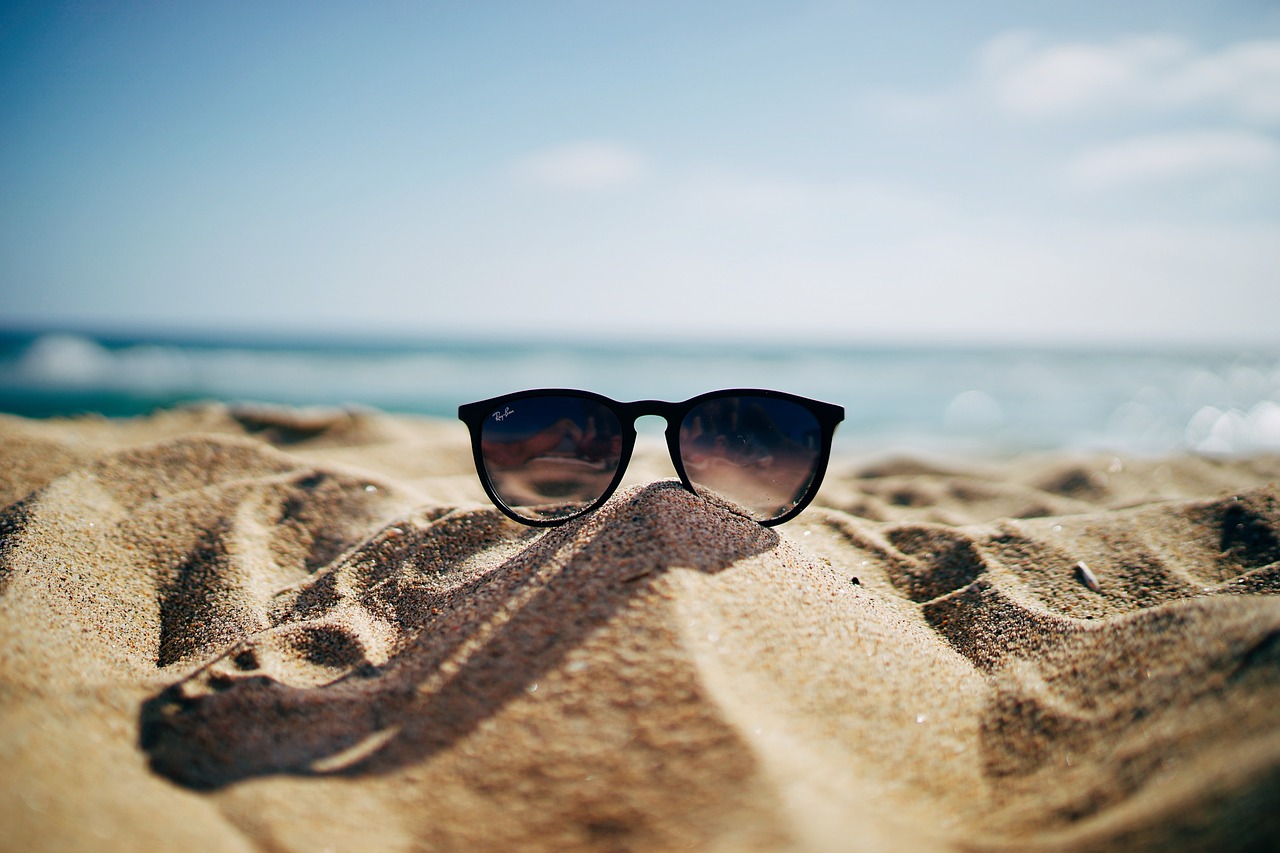What are UV rays?
More accurately described as Ultraviolent (UV) Radiation, UV rays are a form of electromagnetic radiation. Radiation is defined as the emission of energy from a source. Radiation can be from very high energy sources like gamma and x-ray to low energy sources like a space heater, which emits infra-red, or heat, radiation. Infra-red possesses less energy than visible light or UV radiation. UV radiation, which is implicated in cancer, has more energy than visible light but less than x-rays.
Virtually every day we are exposed to UV rays. They are a natural part of our environment as they emanate from our sun and from certain man-made sources like tanning beds and welding processes.
What kind of damage can they do?
First of all, there are 3 groups of UV rays: UVA, UVB and UVC.
UVA rays are the least energetic UV rays. They affect aging in skin cells and can also cause minimal damage to DNA. These are the type of rays linked to that leathery look that tanning fans tend to get as they grow older. And it is thought that they are behind some skin cancers.
UV-B rays pack a bigger punch than the UV-A rays but have far less energy than the UV-C rays. Even so, these are they rays that directly damage the skin cells. They cause sunburn and are implicated in most skin cancers.
Even though UV-C rays have more energy, they cause slight damage to us as their energy level causes them to be filtered out in the ozone layer of our atmosphere. However, because they can also emanate from man-made sources, they can still pose a danger to people.
How do they affect eyesight?
Over time, UV-A and UV-B rays can do considerable damage to your eyes. UV-A rays can damage the Macula, a region of your retina at the back of the eye that is responsible for helping to discern details. Whereas your cornea absorbs most of the UV-B radiation it encounters and this can lead to a host of problems, including cataracts, skin cancer around the eyelids and corneal sunburn (think snow blindness) which is very painful and may cause temporary vision loss.
How do I protect my eyesight from UV rays?
When outdoors, wearing a hat or cap with a wide brim will help to block UV rays. In addition, the hat or cap also helps inhibit UV rays from hitting the eyes from above or around sunglasses. For the most protection though, use a brimmed hat in conjunction with UV ray blocking eyewear.Virtually all lensed products carry their UV inhibitor capacity, so it is easy to spot when shopping for sunglasses, work glasses or the like. Furthermore, getting UV protective eyewear is inexpensive and can help preserve your sight.
Need Prescription Sunglasses? Contact Innovations in Eyecare Today.

